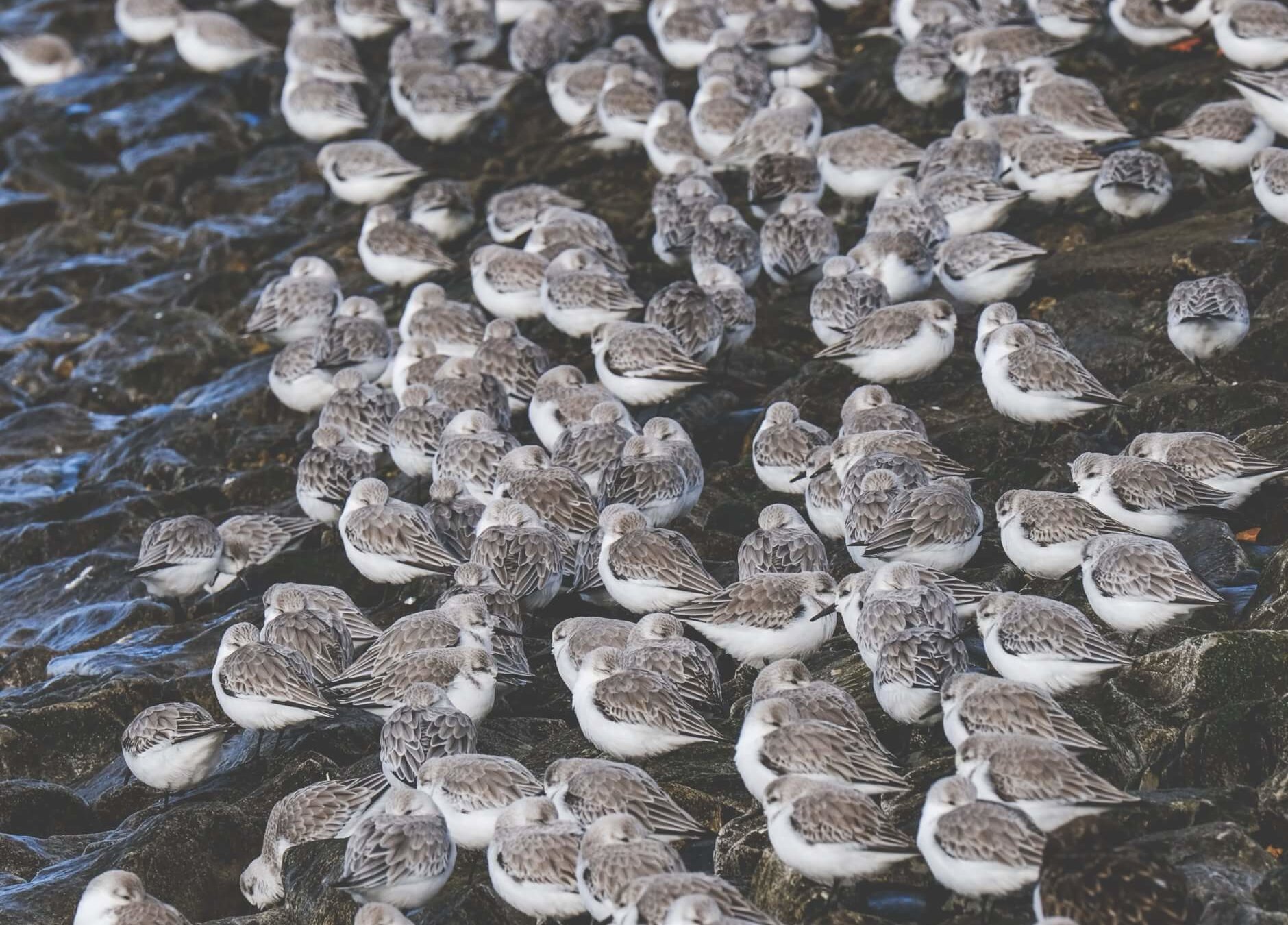This summer, COMPASS welcomed Priya Shukla, PhD student at the University of California, Davis, as our Policy Engagement Fellow. Priya is an avid science communicator and a Forbes contributor, with a digital column focused on ocean science and climate change. We asked Priya whether she had any tips for other scientists writing about their work for a web audience, and are excited to share her response here!
Before beginning my Ph.D. in the fall of 2018, I was given the opportunity to publish a short piece about my research on one of UC Davis’ blogs. The blog series I participated in is part of the UCD Coastal and Marine Science Institute’s efforts to share graduate students’ ongoing research with the broader community. While the prospect of writing about technical information can be nerve-wracking for any scientist, it was particularly challenging for me because I knew that there was a very good chance that my project would change (which, one year later, it has!). So, I knew I wanted to frontload my piece with timeless information that could stand on its own, even if my research endeavors changed.
While I thought my research questions were completely fascinating, I developed that relationship with my ideas after spending a lot of time with them — a luxury that many of the folks reading this blog post wouldn’t have. My goal was for readers to walk away from my blog post caring a little more about mussels than they did before, so I knew that I would need to quickly give them multiple avenues to develop a connection with them.
When I wrote this blog post last year, I thought I would be studying the effects of ocean acidification on the mussel aquaculture industry in California. There is a strong body of work concerning ocean acidification in California’s coastal waters, but the mussel industry is relatively new and folks’ primary affiliation with mussels is as a delicacy. So, I wanted to flesh out folks’ relationship with mussels and move beyond seeing them purely as a food item, but also as a habitat-forming species and share some of the cultural importance that it has held.
Priya measuring mussels in the field.
Here are some things I was thinking about as I wrote:
-
In as plain language as I could muster (which took multiple rounds of editing on my part!), I wanted to share different tidbits about mussels that draw from the worlds of art, archeology, food science, and ecology to create a fuller picture of this subtle, but important (and delicious!) animal.
-
I chose images that showed mussels along the coast and in the process of being farmed because I wanted readers to compare and contrast how mussel beds form in the natural environment versus man-made structures.
-
I wanted readers to be able to engage further with the basic mussel knowledge I provided and explore anything that piqued their interest, so I included lots of hyperlinks so that they could learn more about any given kernel.
Some things I might do differently now:
-
Looking back at this blog now, I think I would add a personal component — maybe a small piece about why, as a vegetarian, I’m interested in studying shellfish industry (because it ties my love of the ocean with my family’s agrarian roots).
-
I didn’t focus that much on my research, because I felt that providing the context surrounding my research interests was necessary to get my audience’s buy-in! Now that I’ve got them hooked on why mussels are so important, I will hopefully be able to follow-up with an equally well-received blog post about my findings!
Priya also shares more about her science and her story in this short film by Grant Thompson.
The post below was originally published on March 5, 2019 on the UC Davis Coastal and Marine Science website here.
Will Mussel Aquaculture Be Viable Along The California Coast? By Priya Shukla
Mussels are found the world over. Many native freshwater mussels are admired for their ability to clean our streams and rivers, while invasive ones (which are actually clams masquerading as mussels!) are reviled for voraciously eating plankton and clogging pipes. The shells and tissues of mussels are often used as monitoring instruments because they reliably record changes in the surrounding environment.
In western North America, tightly packed conglomerations of the California mussel span from southwest Alaska to the end of Baja California. And, archaeological evidence indicates that the indigenous peoples of western North America consumed these mussels 13,000 years before moules-frites appeared on seafood restaurant menus in Pacific coast backwaters.
Although mussels have a rich tradition in European cuisine — going so far as to appear in Enlightenment-era art — oysters have reigned as the primary shellfish consumed throughout the United States, including in California. As demand for oysters grew and natural populations dwindled, the U.S. oyster industry transitioned from harvesting natural oyster beds to growing them in coastal waters (“aquaculture”). Oysters have been farmed in California since 1929, but mussels have been farmed in Europe since the 13th century. With global demands in seafood increasing, mussel farming — a $3 billion global industry — is now emerging along the California coast.
Aquaculture was responsible for nearly half of the seafood consumed in 2015, and farmed shellfish made up 10% of all seafood consumed that year. Mussels grow the most easily of all farmed shellfish, reaching market size within a year. They are incredibly nutritious; a single Blue Mussel contains only 290 calories, but has 40g of protein and 1,500mg of Omega-3 fatty acids. While these characteristics make mussels an ideal target for a profitable business and for securing food resources around the world, it is unclear how the changing climate will affect the success of these mussel farms.
California’s coastline is on the frontlines of climate change. San Diego saw its warmest ocean temperatures this past summer, a toxic algal bloom closed the San Francisco Bay Area Dungeness Crab industry in 2015, and oyster and abalone farms are actively combatting acidifying waters. Mussels, like oysters and abalone, build a protective calcium carbonate shell to protect their soft tissues from the elements. In more acidic waters, mussels — especially young ones — have a hard time building their shells and the protein-laden byssal threads (“beards”) that they use to secure themselves to the rocky shore degrade. They are also incredibly sensitive to rises in temperature.


